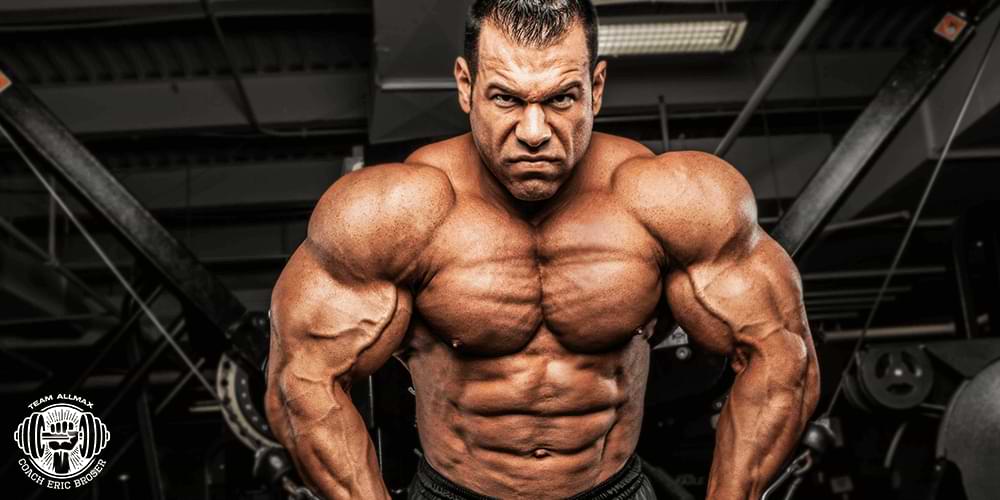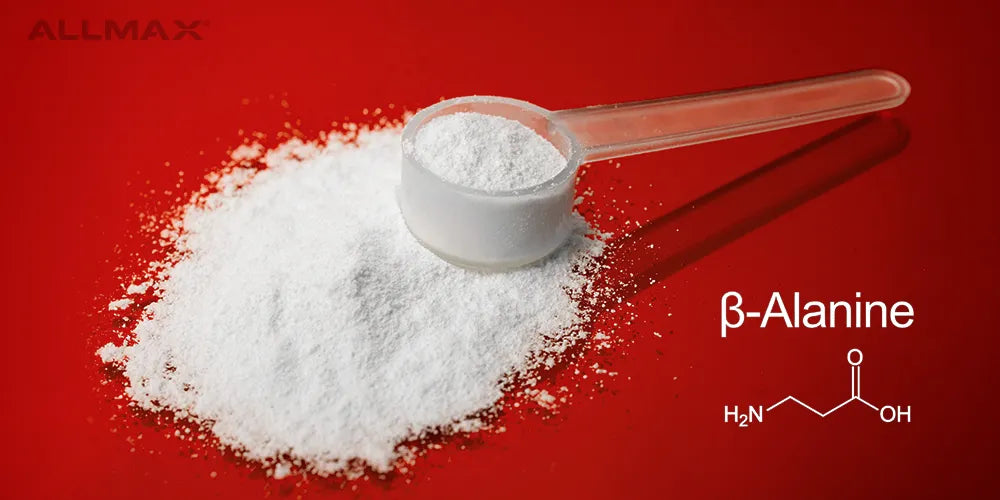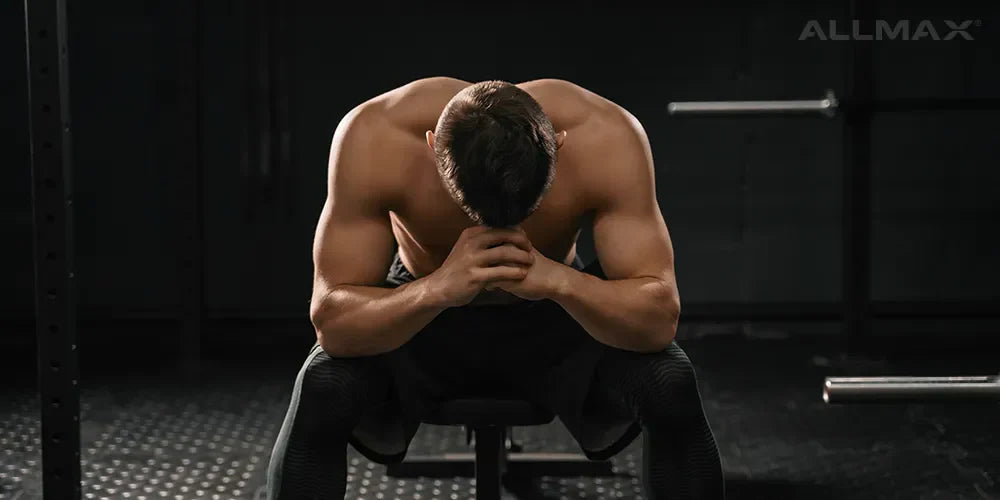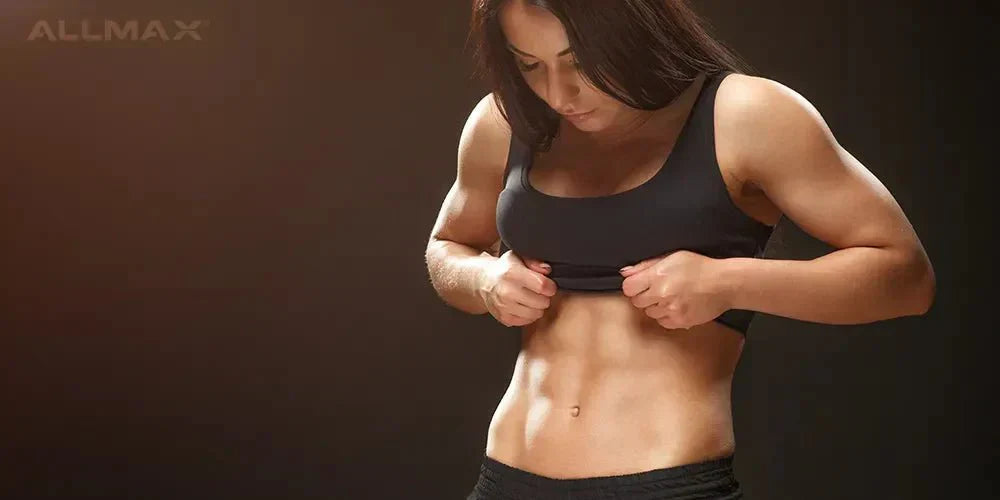You train your chest muscles to the max, but see no gains! Is it genetics? Well it could be OR it could be as simple as needing to correct your form when you train! Although I have done everything possible to develop a “perfectly proportioned” physique, I would still have to say that my pecs are a “standout” body part. When not preparing for a contest or photoshoot (and thus at a heavier body weight), I generally wear about a size 54 suit jacket, while matching it with only a 34 pant. My jacket size is mostly due to the mass and thickness of my chest, more than anything else (which makes me ponder what size jacket ALLMAX athletes Steve Kuclo and Josh Wade must wear in the off season!). Whenever people see me with my shirt off (at the pool, beach or a photo shoot), the majority of questions and comments I receive are almost always in regards to size and development of my chest. However, the truly interesting thing about the fact that my chest is now my best body part is that when I first began training, it was probably my worst! While I sadly weighed just a buck twenty five at a height of 5’11” the first time I grabbed hold of a barbell, there was at least some visible muscular development in my arms, shoulders, and back.

But my upper chest was literally flat – if not a bit concave. I literally looked like an ironing board with nipples! So, the question you are asking is, “How did I manage to transform my pectoral muscles from mini to massive…flat to freaky?” Did I have a special, unknown exercise disclosed to me by aliens from the planet “Chestmasseron?” No my friends, like you I just performed the basic, foundation movements such as chest presses, bench presses, incline presses, flyes, dips, and pullovers. And now I bet you are thinking, “Ok then- stop procrastinating and just tell us your secret!” Ok, it’s all about proper torso “positioning” my iron-addicted friends! “Positioning Coach? What the heck are you talking about now?” Let me illustrate my point by telling you about a good friend I used to train with many years ago… Every time we would push through our weekly chest workout – each of us performing the same exact exercises, sets, and reps – he would tell me that his shoulders and triceps got a tremendous pump, but that his chest felt like it had hardly been touched. Within the next day or two he would again complain to me that he was crazy sore in his anterior delts and inner triceps, but felt not even the slightest pain in his pecs. For me, however, it was the exact opposite scenario! My chest never failed to become profoundly pumped and sore from training it, while I felt nothing more than just a bit tired out. Over the years that we trained together my pecs continued to grow more progressively thick and dense, while his pecs barely changed shape at all. However, that was not the case with his shoulders and triceps, which were getting bigger on a continuous basis. The strange thing about my friend’s pec-problem was that he consistently trained with great focus and concentration; utilizing very tight and strict form; while progressively handling greater poundage almost every month. Eventually we both concluded that his lack of significant pectoral development must be due to inferior genetics, which seemed the only feasible explanation.

Then one day, just for the heck of it, the two of us decided to videotape a chest training session when we were both in the final weeks of prep before a competition. On that day we performed bench presses, incline dumbbell presses, flat flyes, and cable crossovers. We did a pretty decent job of taping each of the exercises from a variety of angles and heights so as to get a complete view of our musculature and technique. Later on, when we were watching the footage I began to notice something interesting in the manner my friend was performing each of the movements. This was something I never really caught onto before while acting as his spotter and motivator. On every exercise, as he reached the top (or contracted position) of the rep, his shoulders were out in front of his pecs, making his chest “concave.” Additionally, he was also locking out very hard at the top…but not by actively flexing his pecs, but rather his front delts and triceps. When I compared this to my own form, I could clearly see that MY ribcage remained high throughout each set, while my shoulders stayed down, pressed into the bench throughout the entire range of motion. It had finally become apparent that my buddy was effectively turning each of his pectoralis major workouts into shoulder/triceps movements, while I was optimally stressing the chest with each and every rep. And this my friends is what I am talking about when I mention the word “positioning” in regard to chest training. As soon as I pointed out these “form flaws,” my partner immediately set out to correct it. During his first chest workout utilizing corrected body positioning, he could feel a pump and burn in his chest like never before. He also began getting sore in his pecs for days after the workout, which was something he really never experienced. Within a few months his chest started taking on new fullness and shape, which greatly enhanced his overall proportions. If any of you feel your chest is not progressing adequately, I urge you to have someone with a good eye closely examine your form on all of your pec movements to achieve muscle activation. Every day that I am in the gym I witness dozens of people with the same form flaws that my friend used to display. What people need to realize is that building strong chest muscles and a big chest is not as simple as lying on a bench…unracking a bar…and pushing it from point A to point B. Each chest exercise, whether it be a bench press, incline press, dip, flye, or crossover requires proper “execution” before ever even moving the weight!
Pectoralis Major Muscle Exercise Proper Form: How to Work Out Pecs
In order to build a strong upper body and build your chest muscles, it's important to focus on enhancing both your upper pec muscles and lower pec muscles. If you're wondering how to get bigger pecs, here’s your quick guide for PROPER Positioning for Pectoral Stregth Training Exercises:- Lay down on the bench and set your feet firmly on the floor.
- Arch your lower back slightly.
- Raise your ribcage up high.
- Squeeze your scapulae together.
- Pull your shoulders downward and push them into the bench.
Note: These same principles apply to dips, crossovers, and seated press/flye machines as well, with the exception of rule one on a few of the movements (although the feet should always firmly be planted to form a solid base).




